- Price: $1200
- Destinations: Xining. Repkong. Labrang. Taktsang Lhamo. Dzamthang. Sertha. Ganzi. Derge. Yachen. Litang. Lhagang. Rongdark. Chengdu.
- Duration: 20 Days
- Tour Features: Explore the cultural heart of Amdo and Kham region of Tibet. Discovery the world’s largest monastic Institute Sertha Lharung Gar and World’s largest nunnery Yachen Gar.
- Seasons: All year around
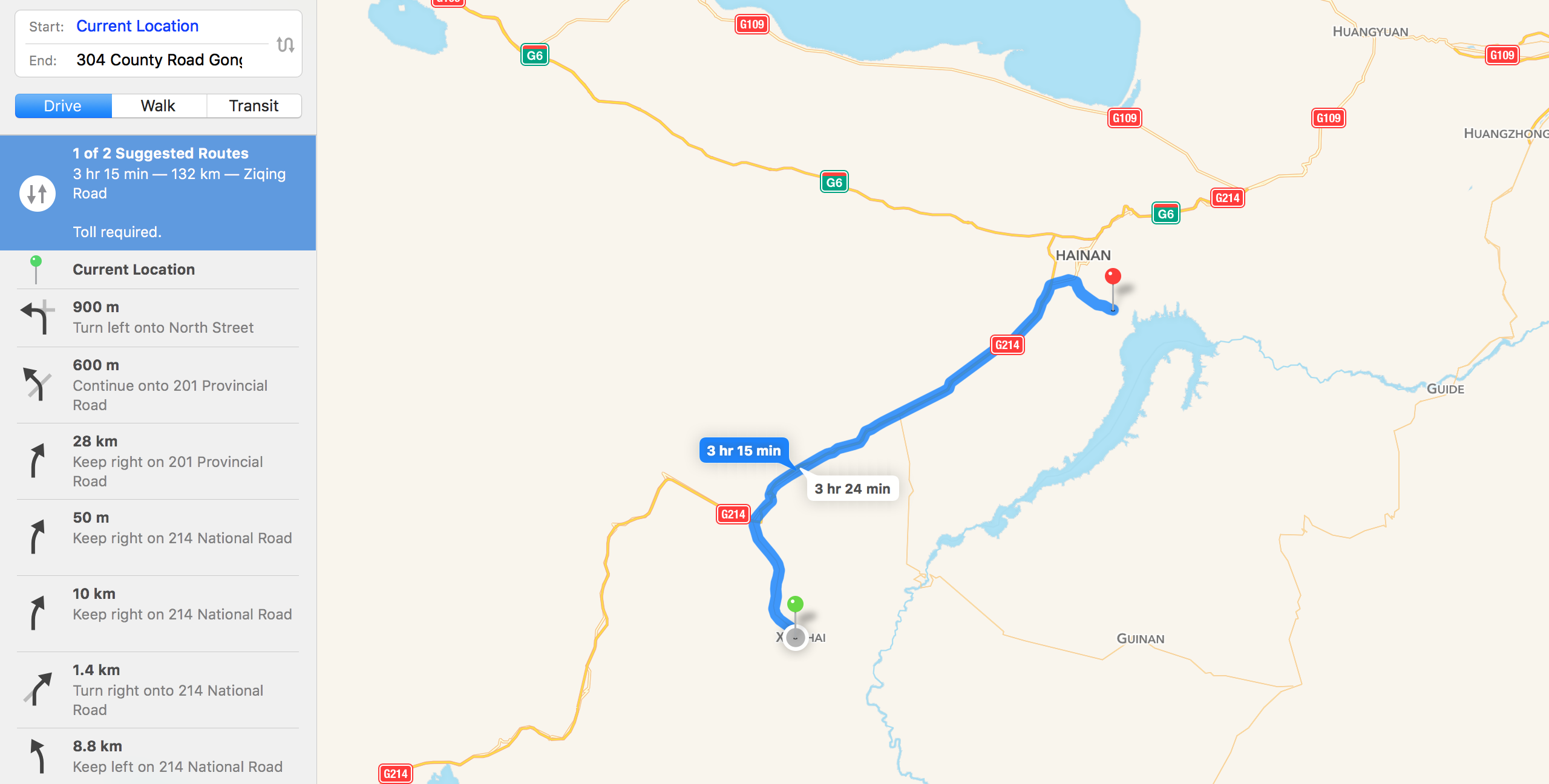
- Tour Description
- Itineraries
- Price Guide
- Trip Photos
Day 01: Xining(2270m)
Arrive Xining by air plane or train. The largest city on Tibetan plateau. where you’ll find your guide ready and waiting to transfer you from the airport or train station to Hotel.
Day 02. Xining – Kokonor (3100m) – Trika(2100m) 230km 5 – 6hrs
In the morning you will drive to Kokonor, the biggest salt lake in Tibet and the name of the lake originated from Mongolian because Mongol tribes were here many year in ancient time. in the afternoon you will drive to Trika through sand dunes and along the Yellow River. In Trika. You will visit Jokhang Temple. A small temple of Buddha.
Day 03: Trika – Shachuang Monastery – Repkong (2900m) 220km 5 hrs
In the morning you will drive along the Yellow River to Shachong Monastery, one of the four famous monasteries along the northern Yellow River. Shachuang is located on a ridge of a mountain and the views from it are breathtaking. Then we’ll continue along the Yellow River to Repkong (Tongren).
Day 04: Repkong – Ganggya Grassland – Labrang (3010m) 103km 4-5hrs
In the morning drive to Labrang via the famous Gangya grassland to reach Labrang town. Before get Gangya grassland. You can also have a stop at the Gartse monastery. Labrang is located in Xiahe (CH)County of Amdo province.
Day 05: Labrang – Taksang Lhamo (3300m) 184km 3 – 4hrs
Once again we drive south 184km to Taktsang Lhamo Monastery, which lies at the border of Sichuan and Gansu Province.You stay at the small Tibetan trading town, next to the monastery. Above the mpnastery are green hills and the monastery. It is a spectacular scene. At this place, two Yellow Sect monasteries lie side by side but Kirti Monastery belongs to Sichuan Province and Sertri Monastery to Gansu. Kirti was founded in 1413 and many of the monastic buildings have been beautifully reconstructed in the typical Amdo style.
Day 06:Taksang Lhamo – Machu – Jigdil (3300m) (3628m) 370km 6 – 7hrs
Your journey takes approximately 120km from Machu to Jigdril in Qinghai Province. Much of the area is high windswept marshlands and extensive grasslands that rise to 3292m. Here nomads graze their large herds of yaks and sheep living in hand-woven black yak hair tents. You will probably picnic en-route and stop to visit a nomadic family so that we can note the tent structure and see the hand-woven rugs and bags made by the nomads. If we arrive in good time we will visit a local monastery.
Day 07: Jigdril – Nyenbo Yurtse – Pema(3530m) 190km 4-5hrs
In the morning drive to Pema via Nyenbo Yurtse and Dartang monastery. Nyenbo Yurtse is one of the holist mountains with elevation of 5369m in Golok Tibetan nomad highland. The small crystal lakes amount of peaks of Nyenbo Yurtse makes the holy mountain more pristine to the entire visitor. Afterwards. Drive to Darthang monastery. Darthang monastery was built in 1857. And one of the largest Nyingma tradition monasteries in Amdo.
Option: Take a short hike around Shugtso
Day 08: Pema – Dzamthang(3295m) 167km 4-5hrs
In the morning drive from Pema to Dzamthang. Pema has a spectacular Tibetan architecture style. Which you will be seen when you drive into the valley along with Marke river. And mountains covered by pine and juniper tree made Pama’s weather more pleasant. En route. Visit Jonang monastery Bangtok monastery. Bangtok monastery belongs to Nyingma tradition. And the monastery is famous of its stone carving Tantra and Sutra.
Day 09: Dzamthang – Serta (4127m) 167km 4-5hrs
In the morning drive to Serta. Visit The Larung Gar Buddhist Academy, also known as the Serthar Buddhist Institute, sits in the Larung Valley at an elevation of 4,000 m, about 15 km from the town Sertar, The academy was founded in 1980 in an entirely uninhabited valley by Khenpo Jigme Phuntsok—an influential lama of the Nyingma tradition. Despite its remote location, Larung Gar grew from a handful of disciples to be one of the largest and most influential centres for the study of Tibetan Buddhism in the world. Today it is home to over 40,000 monks, nuns and lay-students.
Day 10: Serta (4127m)
One extra day at Larung Gar for exploring how the monks and nuns monastic way of life. And in the afternoon. An optional visit to the sky burial sites of Larung Gar. Sky Burial is a funeral practice in which a human corpse is placed on a mountaintop to decompose while exposed to the elements or to be eaten by scavenging animals, especially carrion birds. It is a specific type of the general practice of excarnation.
Day 11: Serta – Garzi (3390m) 158km 4 – 5 hrs
In the morning drive to Ganzi via the vast grassland into the deep valleys with thick forest. From the last pass before arrive Ganzi. You will be seeing the breathtaking view from the Ganzi northern mountain range Nelhu pass with elevation of almost 4600m. Afternoon visit Ganzi monastery or Kandze monastery. The monastery was built in 1642. It once housed 1,500 monks. The pilgrimage circuit around the monastery was almost eight kilometres long.
Day 12: Garzi – Manigango (3800m) 92km 5hrs
In the morning drive to Manigango. And visit Dzogchen monastery. Dzogchen Monastery or Rudam Orgyen Samten Chöling, one of the Six “Mother” Nyingma Monasteries of Tibet, was founded by Dzogchen Pema Rigdzin (1625-1697) in 1675 (according to the Great Tibetan Dictionary) or 1684 (according to Jamyang Khyentse Wangpo).
Day 13: Manigango – Derge (3270m) 120km 6hrs
In the morning drive to Dege via Yulong Lhatse and Mt Chola pass. Yulong Lhatso located beside the Manigange town about 11km, Derge county (100km), made by effects of glaciation, altitude over 4500M, with Chola ranges surrounding, the deepest is 15M, covers an area of 2.72 sq km. Chola mountains, Chola in Tibetan, meaning ‘a mountain neighboring a lake’, there 5peaks over 5000 meters and a lot of lakes, grass meadows. Now it has been built in 1995 as a national nature reserve over 190sq km for white lips deer, about 180 species of animals living inside. And in Chola Mountains, it’s glacier has 38 ice rivers, covers of 75000sq M. The peak 6168M, and the road of Sichuan-Tibet pass here about 5050M.
Day 14: Derge – Katok – Pelyul (3040m) 120km 6hrs
In the morning drive along with the Yangtze river to the Pelyul via Katok monastery. Katok or Katok Dorjeeden is one of the six principal monasteries of Nyingmapa sect of Tibetan Buddhism. Katok Monastery was founded in 1159 by a younger brother of Phagmo Drupa Dorje Gyalpo, Katok Dampa Deshek, at Derge, the historic seat of the Kingdom of Derge in Kham. In Pelyul visit the Palyul Monastery. It was built by Lhachen Jampa Phuntsog, the first Dharma King of Dege. It was constructed on a site which possesses all the essential auspicious signs and had been blessed by the presence of many great Mahasiddhas.
Day 15: Pelyul – Yachen Gar – Nyakrong (3040m) 254km 7hrs
In the morning drive to Nyakrong via Yachen Gar. Yarchen Gar or Yarchen Orgyan Samdanling is located in center grassland of Pelyul. It lies in an isolated valley 4000m above sea level. The monastery is associated with the Nyingma tradition of Tibetan Buddhism . With more than 10,000 monks and nuns, it’s the largest concentration of nuns and monks in the world. And most of them are nuns. Yarchen Gar was established in 1985.
Day 16: Nyakrong – Litang (4010m) 152km 6hrs
In the morning driving down along the Yalong river. At Nyakrong town, visit a small monastery on a mountain top behind the town. Litang is an important transit town along the ancient trade business route between Tibetans from Tibet and the local Hans at kangding and Ya’an city. At Litang, visit Litang monastery, this monastery has close and tight relations with the 7th, 10th and 11th Dalai Lhama.
Day 17: Litang – Lhagang (3040m) 218km 7hrs
In the morning drive from Litang to Lhagang. Visit Lhagang Gonpa or Minyak Pel Lhagang Monastery is a Sakya monastery located in Lhagang village, Dartsedo, in the Minyak region in Kham (East Tibet). Lhagang Monastery is regarded as one of the most famous monasteries in the region, mainly due to the Jowo statue kept there, which many believe is of equal importance to the Jowo statue in Lhasa. You can also see the Zhara Lhatse is the highest mountain in Minyak region of Kham. And It has an elevation of 5820m. And the unique sharp pointed shape made the Mt Zhara Lhatse itself more beauty and holy. This mountain is also strongly connected with the stories of Guru Rinpoche (Padmasambhava).
Day 18: Lhagang – Rongdark (Danba)(3040m) 120km 6hrs
In the morning drive to Lhagang grassland to Rongdrak. Visit Rongdrak Tibetan Villages are known as the most beautiful villages all over China. famed for unique architectures. In Rongdrak, You can see the watchtowers established for more than a thousand of years during the kings of Tibet. The valley called Gyalmo Zawarong in Tibetan.
Day 19: Rongdrak – Chengdu (500m) 362km 8hrs
In the morning drive to Chengdu.
Day 20: Depart Chengdu
Your guide and driver send you off at the Chengdu airport.
What’s the price included?
Private professional English-speaking Tibetan tour guide.
Private transportation.
All accommodations with Breakfast, based on Double/Single/Triple-occupancy according to your requirement
Deluxe/Standard/Budget accommodation according to your requirement
Airport/train Station pick up & Drop off
Service & government taxes.
Tourists Accident/Casualty Insurance
What’s the price excluded?
China visa
All air tickets and train tickets to and from Tibet.
Sightseeing tickets.
Meals ( Lunch & Dinner)
Personal expenses such as laundry, drink, fax, telephone call, optional tour activities, etc.
Gratuities, tips to guides, drivers, etc.
Single room supplement
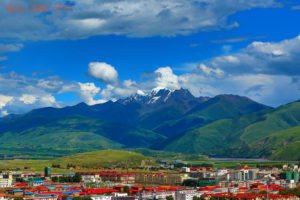
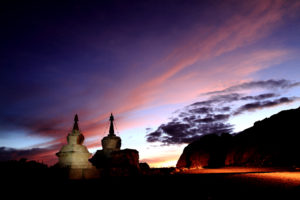
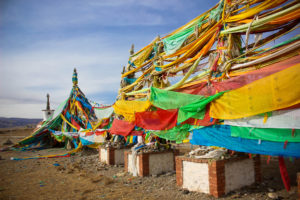
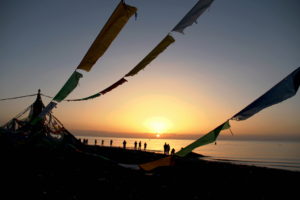
 Tibet World Travel Tibet Tour, Tibet Trip, Tibet Travel, Tibet Train, Tibet Trekking,
Tibet World Travel Tibet Tour, Tibet Trip, Tibet Travel, Tibet Train, Tibet Trekking,
